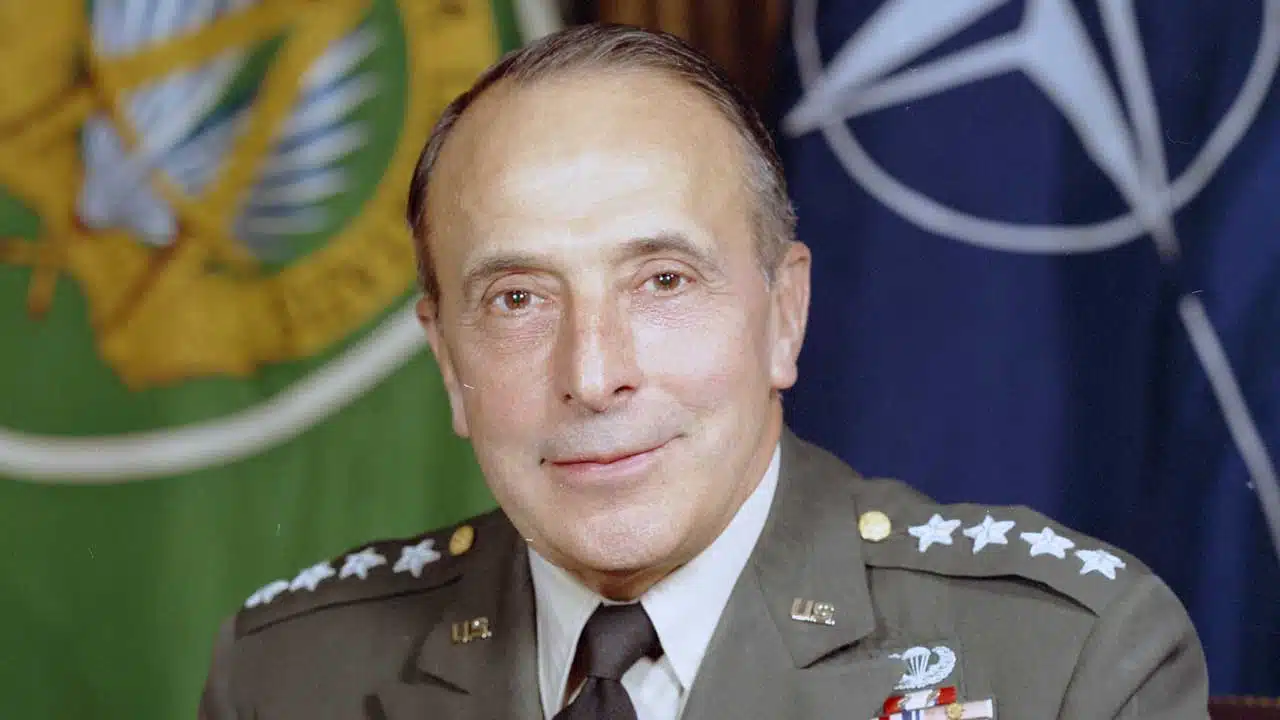Iraq under Saddam Hussein was not, by any means, the first case in which “regime change” was the policy of the U.S. government. Take, for just one example, Cuba under Fidel Castro. When President Eisenhower briefed his successor John F. Kennedy, plans for an invasion of Cuba were sitting on his desk. “In the long run,” Eisenhower said, “the United States cannot allow the Castro Government to continue to exist in Cuba.”[1]
It was left to the Kennedy administration to carry out those plans, which it did, resulting in the Bay of Pigs debacle. Afterwards, Kennedy directed his Cabinet to find a way to remove Castro from power. Responsibility for dealing with Cuba shifted from the CIA to the Pentagon, where “Operation Mongoose” was headed up by Edward G. Lansdale and the chairman of the Joint Chiefs, Lyman L. Lemnitzer, both of whom believed that the only way to successfully implement “regime change” would be for a full-scale invasion. They needed a war, and set about to find a way to get one.[2]
Their proposed solution was to create a false “pretext” that would give the U.S. an excuse to invade Cuba. A number of proposals, collectively dubbed “Operation Northwoods”, were suggested in a memorandum to the Secretary of Defense. “A ‘Remember the Maine’ incident could be arranged”, the document proposed. “We could blow up a US ship in Guantanamo Bay and Blame Cuba.”
They also proposed staging a “Cuban” attack on U.S. military aircraft: “It is possible to create an incident which will make it appear that Communist Cuban MIGs have destroyed a USAF aircraft over international waters in an unprovoked attack.”
An alternative could be a staged “Cuban” attack on a civilian airliner: “It is possible to create an incident which will demonstrate convincingly that a Cuban aircraft has attacked and shot down a chartered civil airliner…”
Innocent victims were fair game: “We could sink a boatload of Cubans enroute to Florida (real or simulated).”
It was even proposed to perpetrate “terrorist” attacks within the U.S. and blame them on Cuba. “We could develop a Communist Cuban terror campaign in the Miami area, in other Florida cities and even in Washington”.[3]
Another idea was to blame Cuba in the event of the crash of the rocket that was to lift astronaut John Glenn into orbit on February 20, 1962, “the objective [of which] is to provide irrevocable proof that…the fault lies with the Communists et al Cuba”, which could be accomplished “by manufacturing various pieces of evidence which would prove electronic interference on the part of the Cubans.”[4]
Operation Northwoods is commonly dismissed on the grounds that it was, fortunately, never implemented. Lemnitzer, this line of thought goes, was a rogue, a crazy fanatic. Yet the document was signed off by not just the Chairman, but every single member of the Joint Chiefs of Staff.
Furthermore, Assistant Secretary of Defense Paul H. Nitze had also proposed the creation of “a possible scenario whereby an attack on a United States reconnaissance aircraft could be exploited toward the end of effecting the removal of the Castro regime.” He suggested that the “U.S. could undertake various measures designed to stimulate the Cubans to provoke a new incident”, including sacrificing an American pilot by sending in a dangerous, provocative overflight with the expectation that it would be shot down.[5]
While the radical methods of Operation Northwoods were never implemented, it would be a mistake to say that the U.S. has never created a false “pretext” in order to start a war, the manufacturing of the case for war in Iraq being a prime example. If the revelation of the existence of Operation Northwoods has anything to teach us, it’s that we have reason to be skeptical of any proposed “pretext” that may be given once the drums of war have begun beating.
Notes
[1] James Bamford, “Body of Secrets” (Anchor Books, New York 2002) p. 62-63
[2] Ibid., p. 78-79
[3] “Pentagon Proposed Pretexts for Cuba Invasion in 1962”, memorandum for the Secretary of Defense from the Joint Chiefs of Staff, March 13, 1962, https://www.gwu.edu/~nsarchiv/news/20010430/
[4] James Bamford, p. 84
[5] Ibid., p. 90



